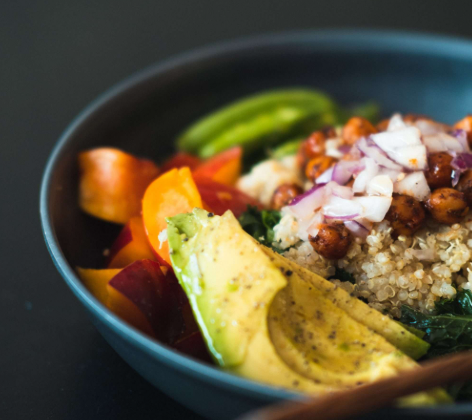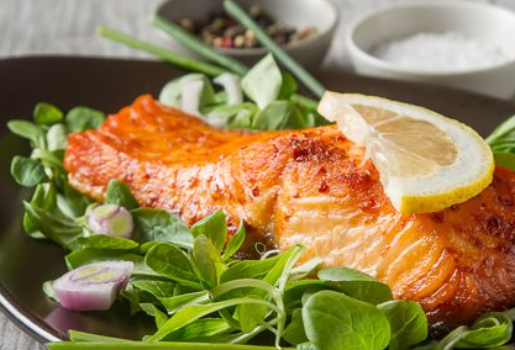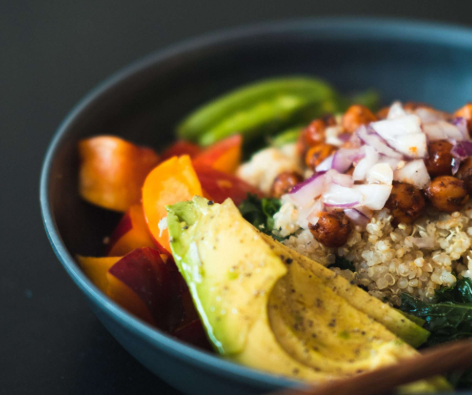
Have you ever wondered why some people live to be over 100 years old, all while enjoying vibrant health and energy? The answer may lie in the Blue Zone Diet, a way of eating and living inspired by regions where people consistently live longer, healthier lives. This diet is not just about food; it’s a holistic approach that includes lifestyle choices that promote longevity.
What is the Blue Zone Diet?
The Blue Zone Diet (BZD) is centered on plant-based eating. People living in Blue Zones typically consume around 95% of their daily calories from vegetables, fruits, grains, and legumes. Meat, dairy, and processed foods are limited and are typically only consumed on special occasions. It’s a diet that emphasizes whole foods, while minimizing sugar and refined products.
Origins and Regions
The concept of the Blue Zone Diet originated from regions around the world where people live longer, healthier lives. Dan Buettner, the author who coined the term “Blue Zones,” researched these areas and found that the key to longevity lies not only in diet but also in lifestyle. These areas include:
- Okinawa, Japan
- Sardinia, Italy
- Nicoya, Costa Rica
- Ikaria, Greece
- Loma Linda, California
Research shows that genetics contribute to only about 30% of longevity, while lifestyle and dietary habits make up the rest. Blue Zone communities focus on whole, nutrient-dense foods, and they avoid processed foods, refined sugars, and excess starches. This approach is key to their longevity, along with a unique relationship with food that avoids obsession over calorie counting or supplements.
Pillars of the Blue Zone Diet
The Blue Zone Diet is part of a broader lifestyle, guided by principles known as the Power 9. These habits, shared by people in Blue Zones, are essential for living longer, healthier lives:
- Plant-based diet: Blue Zone residents mainly eat plant-based foods, with meat reserved for rare occasions.
- Moderate alcohol consumption: Some Blue Zone populations drink alcohol in moderation, especially red wine.
- Regular physical activity: Daily movement is a natural part of life, from walking to gardening.
- Social connections: Strong relationships with family and friends provide emotional support.
- Stress management: Techniques like meditation, napping, and having a clear sense of purpose help reduce stress.
- Purposeful living: Having a reason to get up in the morning is linked to longevity. Many Blue Zone cultures emphasize a clear purpose in life.
In places like Japan, this sense of purpose is captured in the term ikigai, which means “a reason for being.”
Benefits of the Blue Zone Diet
Adopting the Blue Zone Diet offers several proven health benefits:
- Increased longevity: Blue Zone populations have some of the highest rates of centenarians. A plant-based diet and active lifestyle are key contributors to a long life.
- Better heart health: A focus on whole foods and minimal processed meat leads to improved cardiovascular health.
- Weight management: The BZD naturally supports a healthy weight due to its emphasis on whole foods with a lower calorie density.
- Reduced chronic disease risk: The diet has been linked to lower rates of diabetes, cancer, and other chronic conditions.
- Improved mental health: The social engagement and stress-reduction practices found in Blue Zones contribute to better mental well-being.
Foods and Recipes for the Blue Zone Diet
The Blue Zone Diet is rich in nutritious, delicious foods that support overall health and longevity. Some key staples include:
- Vegetables: Leafy greens, tomatoes, and a variety of fresh vegetables make up a significant portion of the diet.
- Legumes: Beans, lentils, and chickpeas provide protein and fiber. Try making a simple hummus or a hearty bean stew.
- Whole grains: Foods like quinoa, brown rice, and oats are essential in the Blue Zone Diet. A bowl of oatmeal topped with fresh berries is a great breakfast choice.
- Nuts: A handful of nuts offers healthy fats and a satisfying crunch.
- Fruits: Citrus, berries, and figs are common in Blue Zones. A fresh fruit salad is an easy and nutritious way to enjoy these fruits.
- Moderate dairy: When dairy is included, it’s typically high-quality options like Greek yogurt.
- Fish: Some Blue Zones, particularly coastal regions, include fish in their diets, such as grilled fish with herbs and lemon.
Here are two simple recipes to kickstart your Blue Zone journey:
1. Avocado and Kale Omelet
Ingredients:
- 2 large eggs
- 1 tbsp low-fat milk
- Crushed red pepper, salt to taste
- Olive oil
- 1 cup chopped kale
- Lime juice, cilantro, avocado slices
- Sunflower seeds
Instructions:
- Beat the eggs with milk and cook them in a nonstick skillet with olive oil.
- Prepare a kale salad with olive oil, lime juice, sunflower seeds, and red pepper flakes.
- Place the kale salad with avocado slices on top of the omelet.
2. Turmeric Pineapple Smoothie
Ingredients:
- Pineapple, banana, lime juice, coconut oil, turmeric, aloe vera juice
- Ice (optional)
Instructions:
- Combine all ingredients in a blender and blend until smooth and creamy.
- For a cold smoothie, add ice or use frozen pineapple and banana for a refreshing treat.
Conclusion
The Blue Zone Diet is more than just a way of eating; it’s a lifestyle that promotes longevity, health, and vitality. By focusing on plant-based foods, regular physical activity, and strong social connections, you can improve your chances of living a long, healthy life. Incorporating the principles of this diet into your daily routine can help you feel better, live longer, and enjoy more vibrant health.










